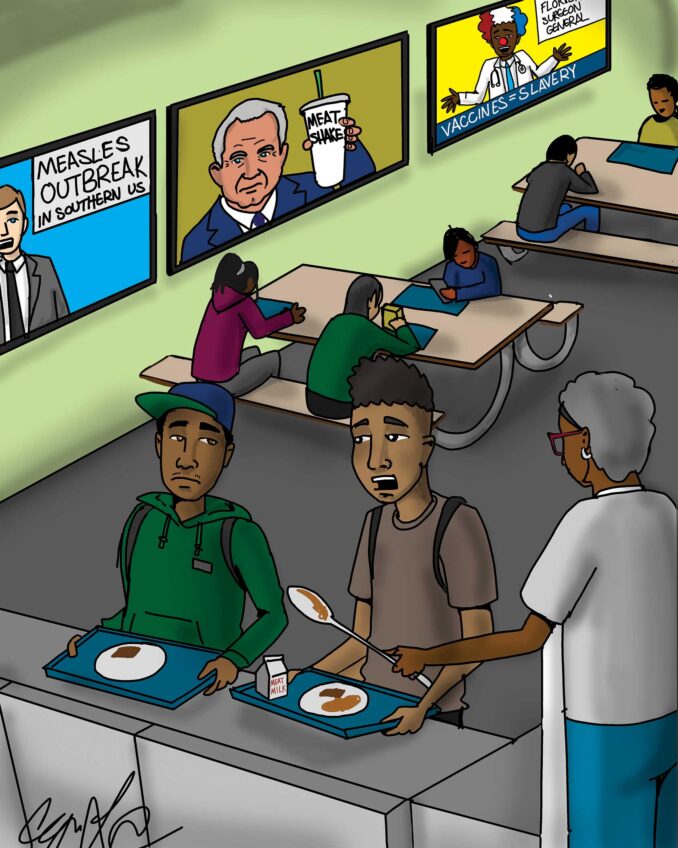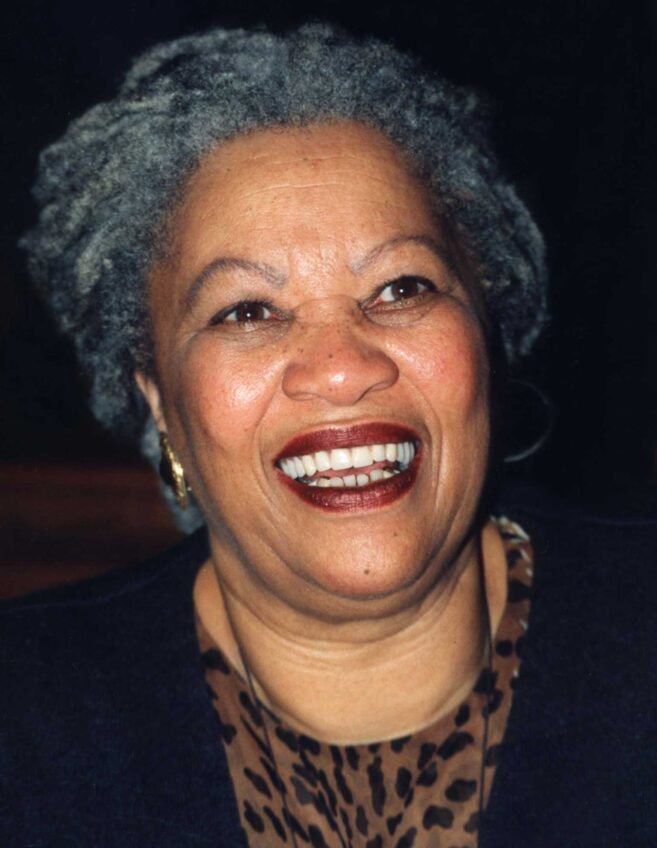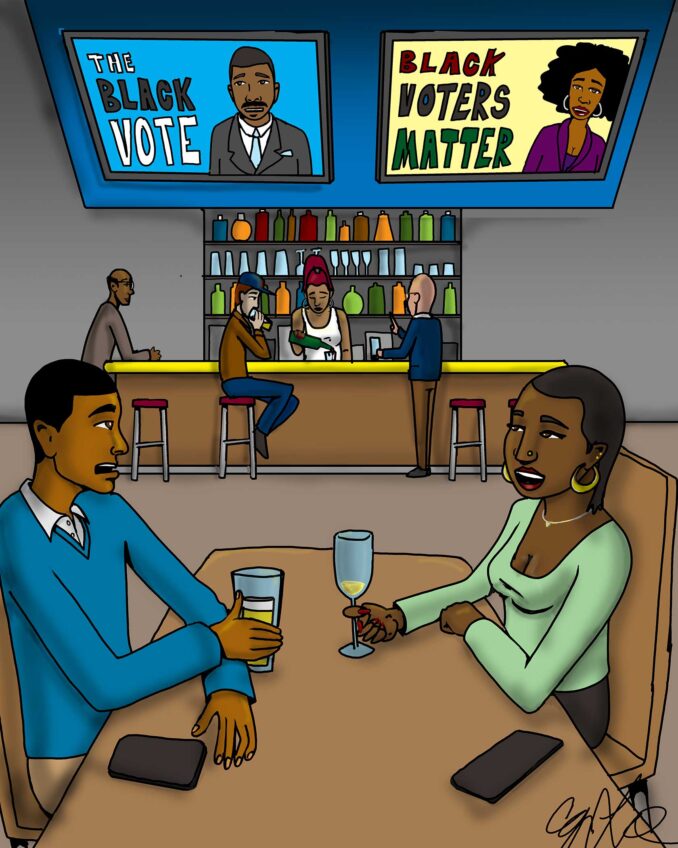Boston Public Schools parents, students and educators are led on a dizzying merry-go-round when it comes to their schools. The recent release of the facilities plan submitted to the state as part of the required Systemic Improvement Plan further highlights inequity that has become commonplace, regardless of which mayor and superintendent are keeping seats warm. Former mayor Martin J. Walsh’s BuildBPS initiative promised $1 billion and 12 new buildings or major school renovations.
Much like Walsh’s plans, the new buildings and promised renovations have not occurred. Instead, BPS families experience closures and mergers, all in the name of building new schools. The Blackstone, Horace Mann School for the Deaf and Hard of Hearing, Shaw, Taylor, the McKinley schools and Jackson/Mann school have all been promised new buildings or renovations but have little or nothing to show for it. The McCormack and Boston Community Leadership Academy were also promised renovations for their merger, which BPS leadership failed to deliver. School Committee Chair Jeri Robinson visited the building and came back apparently shaken by what she saw. “We just need to be truthful,” she said.
The main difference between the Walsh administration and Superintendent Brenda Cassellius versus the current team of Mayor Michelle Wu and Superintendent Mary Skipper is that Wu’s Green New Deal has even less regard for community engagement. The mayor’s own appointed School Committee members are left out of decision-making, with members saying they first learn about decisions from the news rather than from the administration. The equity tool supposed to be used by the district to ensure stakeholder engagement was usurped by a rubric created by Wu’s team. In a 90-minute community meeting to pitch how the rubric would ensure community engagement, city leaders said the proposal to move the John D. O’Bryant School of Mathematics and Science to West Roxbury would not be included in the use of their own tool, excluding the OB community from going through an equity analysis.
Last year, the facilities assessment process looked at all school buildings. BPS and city leaders know which schools are in need of dire repairs and which schools are going to be closed. The rubric seems to have been developed to justify more disheartening racism and blatant disregard for equity. There has been no equity analysis on the plan.
With the end of Elementary and Secondary Education Relief (ESSER) funding, many are asking what happened to that money. Buildings are not going to solve the problems of academics and surely will not address what is happening inside the buildings. The McKinley schools, promised a new building, have gone through extensive installation of cameras for student surveillance, while their basketball hoop was removed to prioritize parking. Decisions like this show that the mayor and superintendent are not prioritizing the needs of the most disenfranchised students, uplifting restorative justice or even remotely addressing what is going on inside of schools. To make matters worse, the district has failed to consider the needs of students with disabilities and multilingual learners.
Any radical changes — including closures and mergers — should not be voted on until they have been justified and result in improved opportunities for students. Right now, most BPS parents, students and educators have a lot of questions: How are these disruptions going to result in something significantly better for students, families and neighborhoods? Is what is being proposed the best solution for the problem trying to be solved? How are we ensuring that those most impacted have a voice in helping to determine these decisions? Many questions could be answered if there were equitable collaboration with students and families. Both students and families could inform the process, allowing the district to address its blind spots and meet the moment for strategy and innovation.
However, BPS facilities decisions seem to happen on two parallel tracks: One is what the mayor and superintendent say. It’s full of pious words about equity for every student reaching their full potential. The other is what the mayor and superintendent do, which is to close schools that educate the most low-income children of color. The tracks are parallel, in the sense that they never meet. The two tracks mean that low-income children of color and their families are left to survive BPS, while the more privileged get to learn. When do school communities stop having to wonder if their schools will close, if the mayor decides they are the next political chess piece? When do students get to learn?
Ruby Reyes is the director of the Boston Education Justice Alliance.






